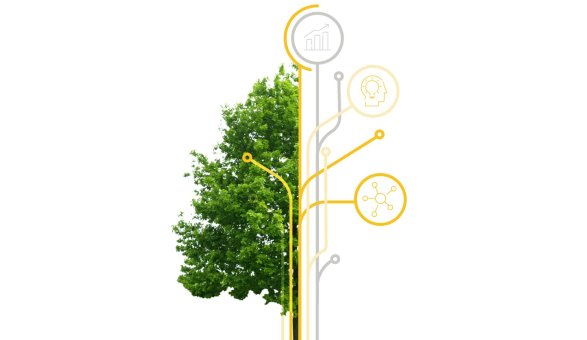- As the United Nations’ COP26 Glasgow Climate Change Conference is entering its final negotiation days, Transporeon calls to action.
- Europe’s leading digital freight platform launches Transporeon Carbon Visibility, a new supply chain tech solution to measure and benchmark greenhouse gas emissions (GHG).
- On the road to net zero, certified GHG reports will further drive progress to reduce the carbon footprint of each shipment and to incentivize fleet renovation on the carrier side.
As of 2026, the European Union’s climate policy “Fit for 55” will apply carbon trading to the transport sector. Objective reporting will have direct impact on business. In logistics, however, analysing greenhouse gas emissions (GHG) across different modes of transport can be like comparing apples with oranges.
Stephan Sieber, CEO of Transporeon, announces: “Transporeon Carbon Visibility has been developed together in close cooperation with our customers. Currently, we are validating and enhancing the Alpha-Version of the product. The Beta-Version is planned for early 2022. Until then, we will open the number of participants from 10+ to 100+ selected carrier, freight forwarder and shipper, regardless of whether they are already existing Transporeon network partners or not”!
Alfa Laval, Ball, Daikin Europe, Girteka, Knauf Insulation, K+S and Nestlé, among others, have been contributing to the development of the innovative tool. Users are enabled to precisely measure and report their footprint in logistics. A carrier receives precise bottom-up scope 1 emission management, therefore improving the accuracy of the scope 3 transport emissions of a shipper. This describes a classical win-win situation for all involved parties. Beside direct emissions of a company, scope 3 includes all other indirect emissions that may take place within/along a company's value chain.
Transporeon Carbon Visibilityintegrates and automates GHG emissions management by using its real time visibility capabilities. This provides more accurate data input (e.g., fuel consumption) for the calculation. And it fully aligns with the specifications proposed by the Global Logistics Emissions Council (GLEC) – under this framework, the usage of primary data is incentivized by excluding default emission factors.
The solution offers a certified baseline to steer tactical and strategic decisions. It is built API first, while manual transport uploads via csv/xls-file will be possible as well. Transporeon Carbon Visibility covers all transport modes on an international scale. Harmonized emission data facilitates horizontal collaboration between shippers: By standardizing transport emissions, shippers are open to share this information, e.g. specific transport lanes, in order to collaborate and learn from best practices. For carriers, including SMEs, the better the sustainable performance, the more attractive the market positioning. As a result of “Fit for 55” and the inclusion of transport into carbon certificate trading more accurate GHG reporting from all supply chain actors is preferred to data based on high default values. Moreover, this regulation enables fleet investments.
The very first developments of Transporeon Carbon Visibility are the direct result of the company’s technology incubator Transporeon4Future, which fosters innovations in sustainability. Transporeon initiated a Hackathon earlier this year supporting ALICE, the Alliance for Logistics Innovation through Collaboration in Europe, to contribute to their roadmap for decarbonization. The ambition of this roadmap is to boost EU wide co-modal transport services within a well synchronized, smart and seamless network.
Transporeon Carbon Visibility is presented in research and development partnership with: KLU (Kühne Logistics University), Alice (Alliance for Logistics Innovation through Collaboration in Europe), SFC (Smart Freight Centre) and EcoTransIT.
